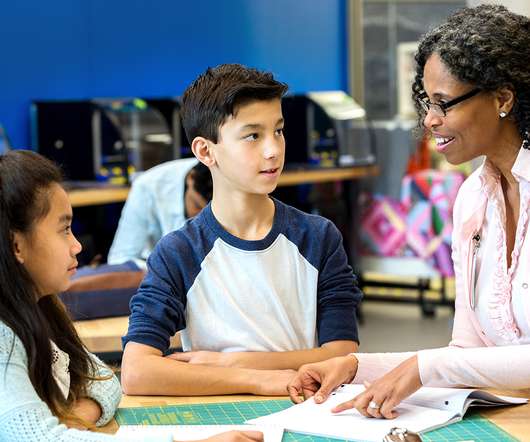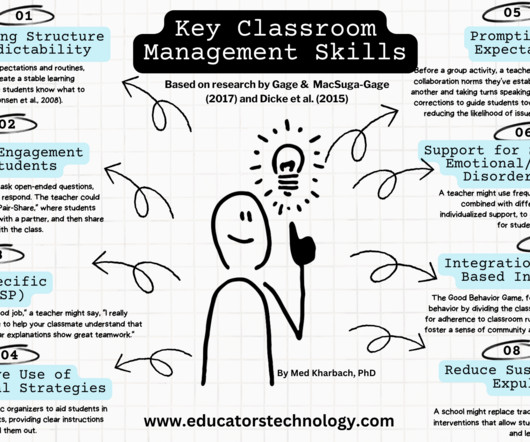Unique Learning System: Realize the Potential in Every Student
N2Y
OCTOBER 8, 2020
When Unique Learning System launched in 2008, special educators found the content and instructional support they needed to help unique learners achieve this goal. In this webinar you’ll learn how to: Take advantage of flexible delivery options and use data to automate differentiated lesson planning, assessment, and reporting.















Let's personalize your content